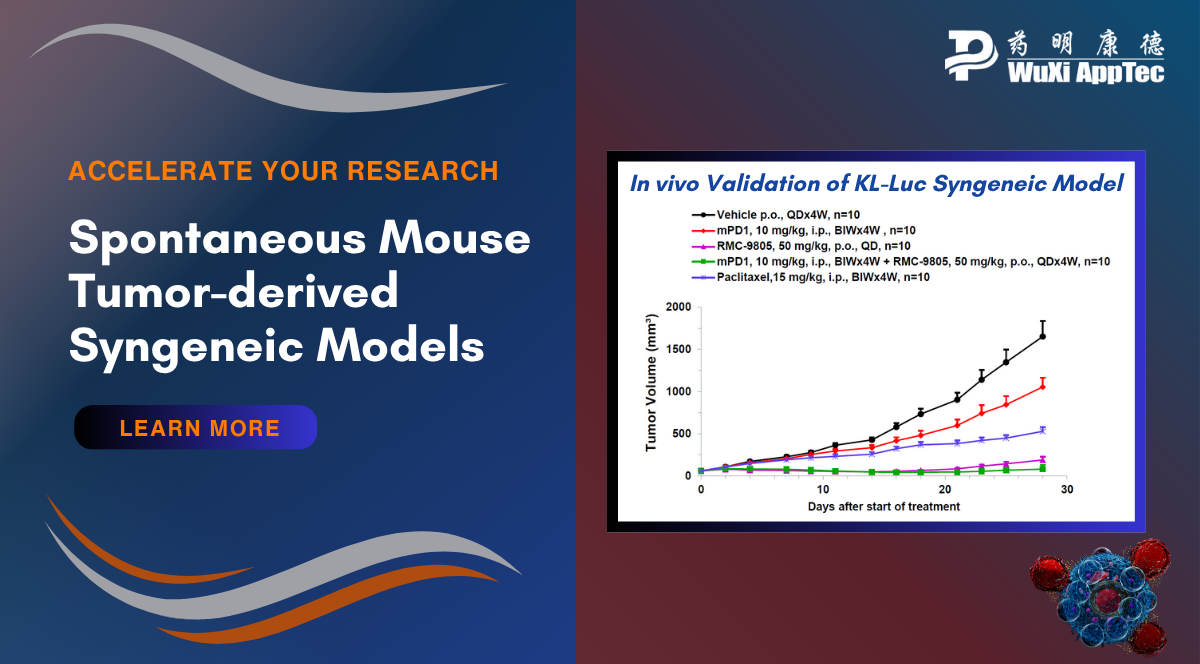
Spontaneous Mouse Tumor-derived Syngeneic Models
Spontaneous mouse tumor-derived syngeneic models are valuable tools in preclinical cancer research. These tumor models offer unique advantages because immunotherapies...
Continue Reading
Spontaneous mouse tumor-derived syngeneic models are valuable tools in preclinical cancer research. These tumor models offer unique advantages because immunotherapies...
Continue Reading
T-cell engagers (TCEs) are a class of bispecific antibody-based immunotherapies designed to bring T cells into close proximity with cancer...
Continue Reading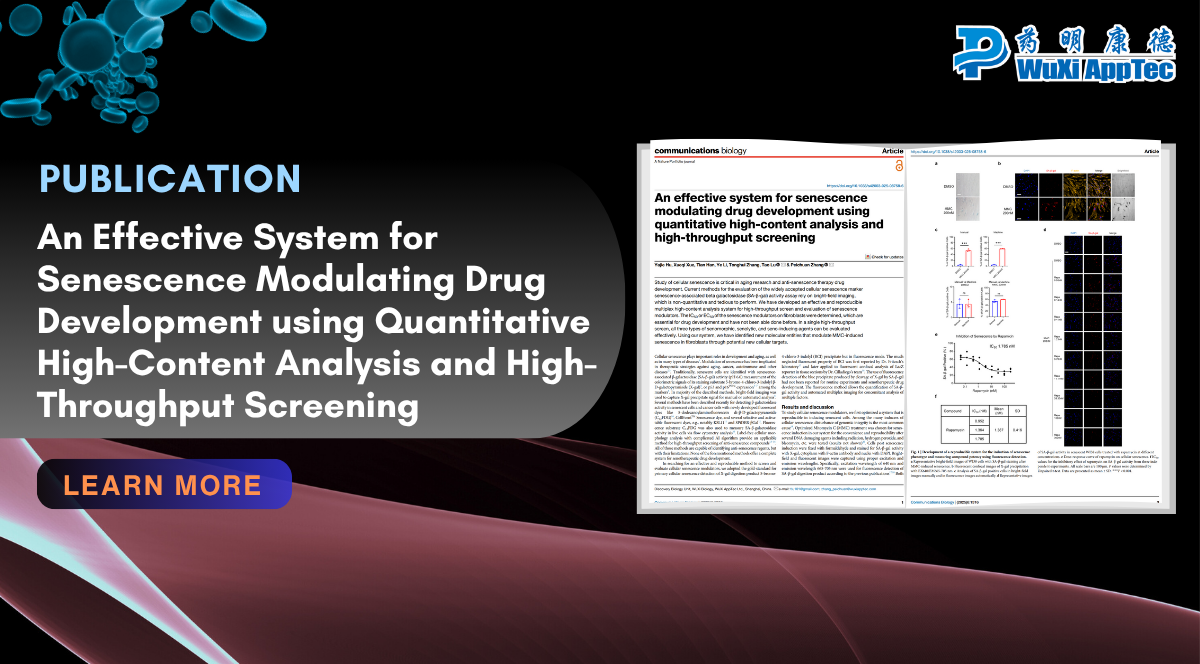
Cellular senescence plays a crucial role in aging and age-related diseases, making its study essential for the development of new...
Continue Reading
In this webinar, WuXi AppTec scientists discuss the latest innovative technologies and products in early-stage drug discovery. Viewers will gain...
Continue Reading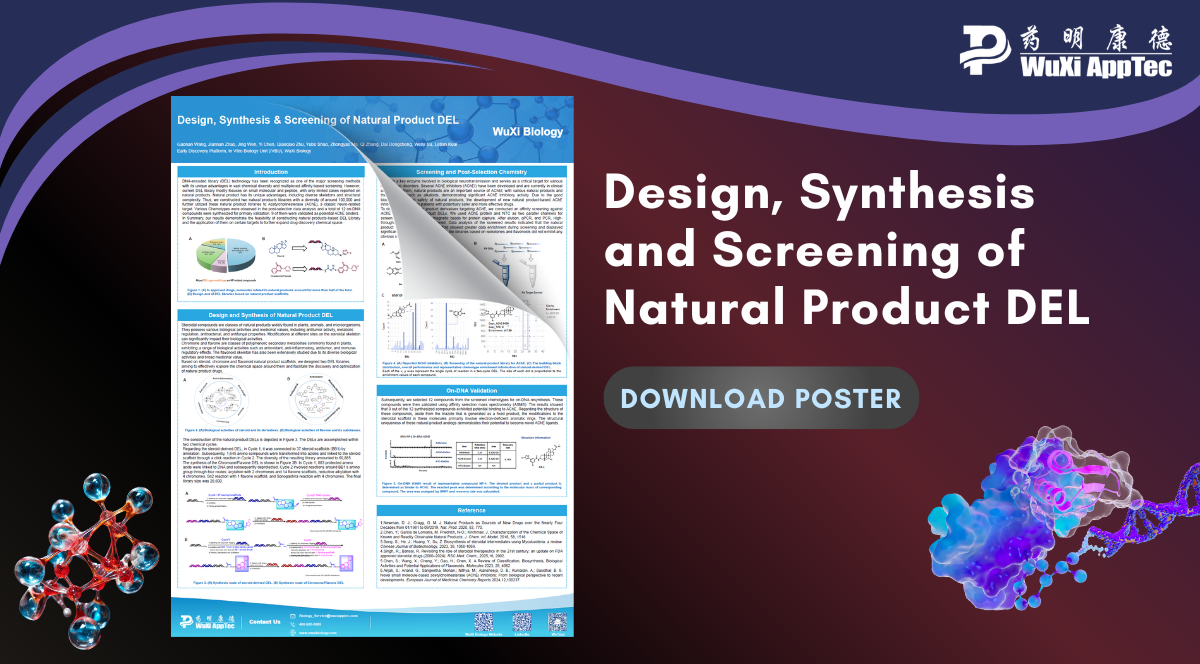
DNA-encoded library (DEL) technology has been recognized as a major screening method, offering unique advantages through its ability to provide...
Continue Reading
DNA-encoded library (DEL) technology has been recognized as a major screening method, offering unique advantages through its ability to provide...
Continue Reading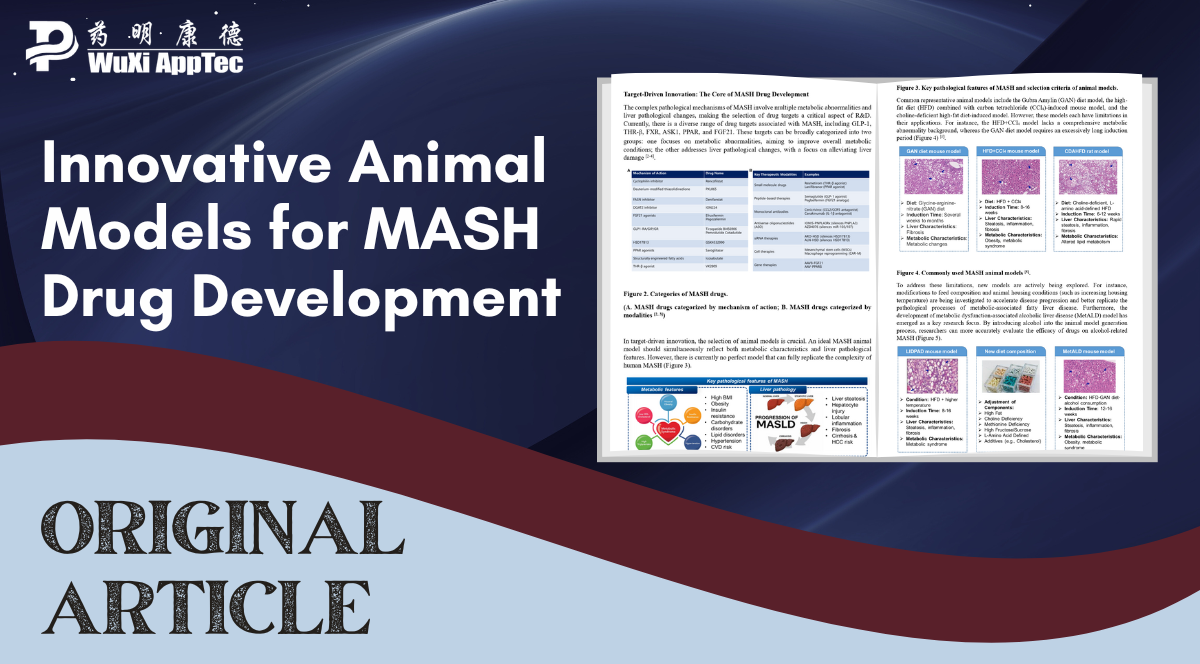
Integrating drug targets, molecular types, and clinical translation Introduction: Metabolic dysfunction-associated steatohepatitis (MASH), a growing global health concern, has garnered...
Continue Reading
In this webinar, WuXi Biology scientists showcase our end-to-end molecular glue discovery platform. Molecular glues act as “molecular adhesives”, facilitating...
Continue Reading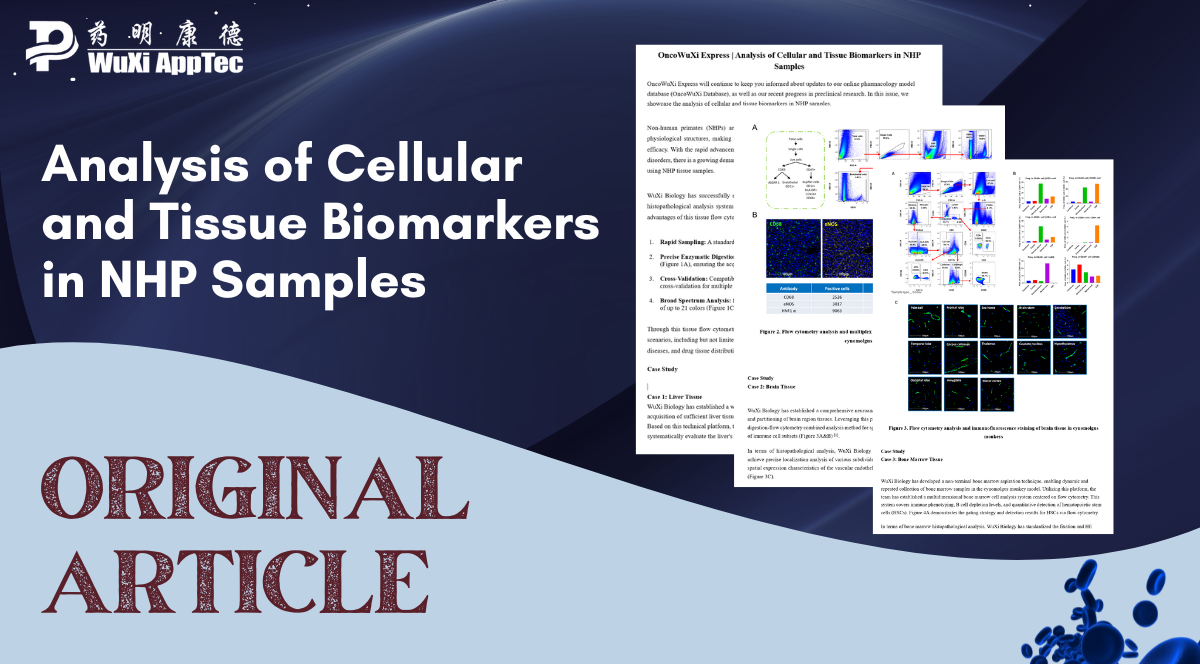
OncoWuXi Express will continue to keep you informed about updates to our online pharmacology model database (OncoWuXi Database), as well...
Continue Reading